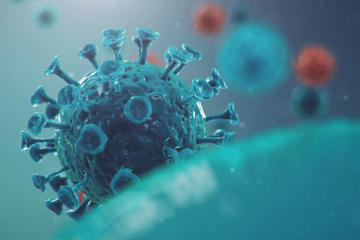Browse
Assessing Learning
Posted on: Group 2

Assessing Learning
Eastern Education
Authored by:
Rohit 936
Posted on: #iteachmsu

Assessing Learning
FBC
Authored by:
Super admin - R

Posted on: #iteachmsu

Assessing Learning
FBC
Authored by:
Super admin - R

Posted on: #iteachmsu

Assessing Learning
COVID-19 and impact
Posted by:
Chathuri Hewapathirana

Posted on: #iteachmsu

Assessing Learning
Why dot balls are being shown as trees in scorecard in IPL 2023 playoffs
Authored by:
Super admin - R

Posted on 1: #iteachmsu

Why dot balls are being shown as trees in scorecard in IPL 2023 playoffs
ASSESSING LEARNING
Authored by:
Super admin - R

Posted on: #iteachmsu

Assessing Learning
Agile
Authored by:
Rohit Shinde

Posted on: #iteachmsu

Assessing Learning
Agile
Authored by:
Rohit Shinde

Posted on: #iteachmsu

Assessing Learning
Computer Programming
Posted by:
Chathuri Super admin..

